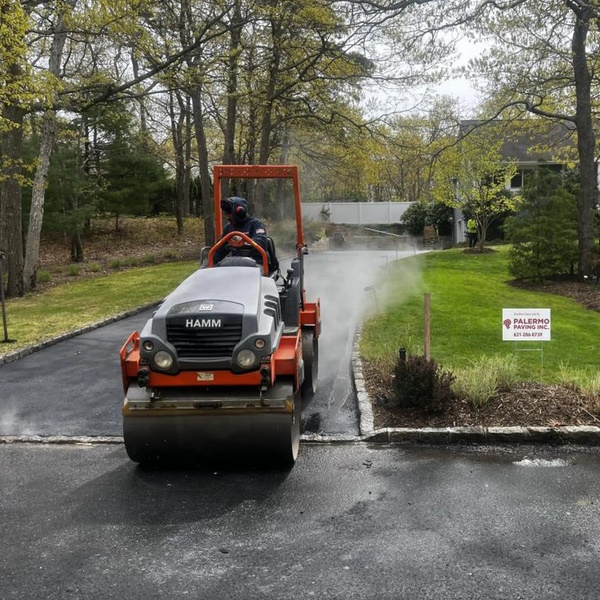Medical malpractice occurs when a healthcare provider’s negligence causes harm to a patient. This can include misdiagnosis, surgical errors, or improper treatment. Filing a claim for medical malpractice involves specific legal processes and time constraints that vary by jurisdiction with Medical malpractice law experts in Melbourne.
Statute of Limitations Explained
One crucial aspect of filing a medical malpractice claim is understanding the statute of limitations withMedical malpractice law experts in Melbourne. This refers to the legal timeframe within which a claim must be filed after the malpractice incident occurred or was discovered. Statutes of limitations differ between states and countries, typically ranging from one to six years after the incident or when it should have reasonably been discovered.
Discovery Rule and Its Application
In some jurisdictions, the statute of limitations may start from the date the patient discovered or reasonably should have discovered the injury or malpractice. This rule, known as the discovery rule, aims to ensure that patients have a fair opportunity to pursue legal action even if they were initially unaware of the malpractice.
Exceptions and Extensions
Certain circumstances may allow for exceptions or extensions to the statute of limitations. For instance, if the malpractice involves a minor, the statute of limitations may begin when the child reaches the age of majority. Additionally, in cases where the healthcare provider fraudulently concealed the malpractice, courts may extend the filing deadline.
Importance of Timely Action
Timeliness in filing a medical malpractice claim is critical. Failure to file within the statute of limitations can result in the claim being dismissed, barring the patient from seeking legal recourse. Therefore, it is advisable for individuals who suspect medical malpractice to consult with a qualified attorney promptly to understand their legal rights and initiate the claims process within the required timeframe.
Navigating the time limits for filing a medical malpractice claim requires careful attention to statutory deadlines and procedural rules. Patients who believe they have been victims of medical negligence should seek legal advice promptly to ensure their rights are protected and to explore their options for pursuing compensation.

